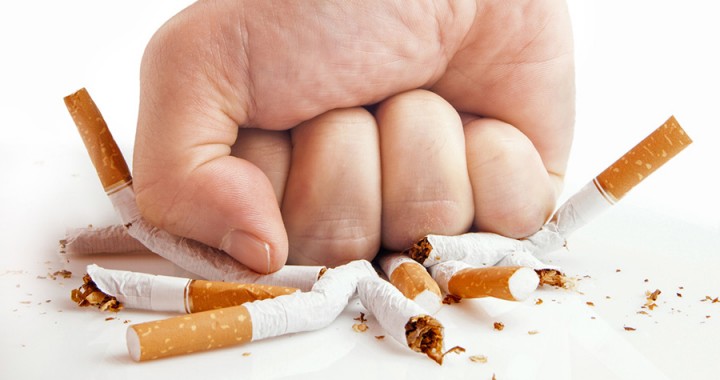 As a Diplomat in the American Academy of Integrative Pain Management, I receive their Pain Practitioner Journal. An article in the December 2016 publication discussed the growing relationship between back pain (orthopedic/joint problems) and smoking. Smoking is referenced to be the root cause of many musculoskeletal disorders because of its relationship to bone damage, the chemicals impair healing in bones and discs, and the chemicals in cigarette smoke sensitize the brain and nerves to pain. Unfortunately this “sensitivity to pain” from smoking takes a long time to go away after quitting smoking and, can be a permanent change in the nerves and brain towards muscle and joint pain.
As a Diplomat in the American Academy of Integrative Pain Management, I receive their Pain Practitioner Journal. An article in the December 2016 publication discussed the growing relationship between back pain (orthopedic/joint problems) and smoking. Smoking is referenced to be the root cause of many musculoskeletal disorders because of its relationship to bone damage, the chemicals impair healing in bones and discs, and the chemicals in cigarette smoke sensitize the brain and nerves to pain. Unfortunately this “sensitivity to pain” from smoking takes a long time to go away after quitting smoking and, can be a permanent change in the nerves and brain towards muscle and joint pain.
The author, a physician specializing in chronic pain, states that success in managing back pain involves several key must do’s; work continuously on core strength exercises, manage the psychologic issues with chronic pain, and he states, “what may be the most important factors, with far-reaching effects are smoking cessation.”
Vertebral joints and discs have similar vulnerabilities to the TMJ (temporomandibular joint) and can apply to other joints. The low back may be more susceptible than the TMJ due to the higher weight load it carries.
The toxins in nicotine cause disc degeneration and increases damage and breakdown of collagen and other proteins that make up our ligaments, tendons, and joints. The research also states that the link between smoking and joint breakdown is strongest in adolescent girls.
Dr. White, DO, FAAPMR, the author of the article, also points out that smokers in general have more pain (of all kinds), increased low back pain, increased disc degeneration diseases, impaired healing, greater incidence of injury, as well as, pain pathways that are more sensitive than non-smokers.
Over the last few years we see a growing population of adolescent girls and women in their 20’s presenting with advanced arthritic damage in their TMJs for several suspected reasons. Since smoking is on the rise in younger people again, it may be another factor in TMJ disc damage and arthritis.




